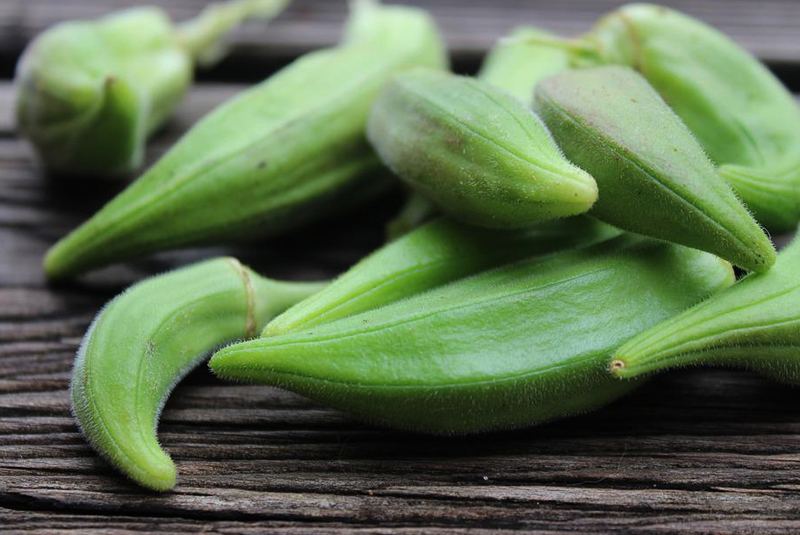Bhendi (Hindi), Lady’s finger (English), Bendakaya (Telugu), Bhinda (Gujarati), Okra. One vegetable, many names. But Bhendi, is known as bhendi only in India. The more common name across the world is Okra.
The word Okra comes from the Igbo word, Okuru. The Igbo language is used in Nigeria. Although the etymology of the name can be traced back to west Africa, the vegetable’s origins are from east Africa.
In 1926, the Russian botanist Nikolai Vavilov published a paper. In it, he gave a detailed account of the centres of origin for various plants. Vavilov’s identification of ‘primary centres of origin’ from which all plants in the world came to be is of immense use in understanding the history of the globalisation and the history of agriculture.
One of these centres of origin is Abyssinia. This includes the plateau region of Eritrea, present-day Ethiopia, and the higher region of Sudan. Okra originated from this region.
It is very difficult to ascertain how the vegetable came from Eritrea to India. It was believed to have been cultivated in Egypt for many years, from where it is believed to have come to India. We also do not know who the Okra reached Egypt from Eritrea.
-30-
Copyright©Madras Courier, All Rights Reserved. You may share using our article tools. Please don't cut articles from madrascourier.com and redistribute by email, post to the web, mobile phone or social media.Please send in your feed back and comments to [email protected]











